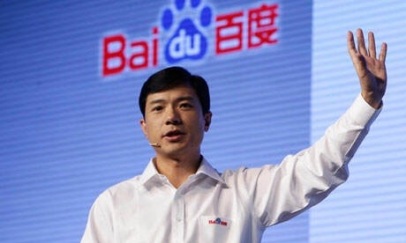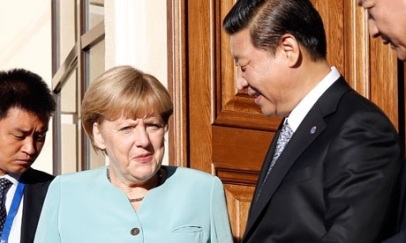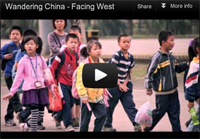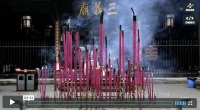Brand China: Hamstrung by regime or perception divide?
“We get these endless things from the government saying there should be more innovation and brand building… But there isn’t anything behind it. The problem is that no one really wants to invest in innovative design. It’s very market-led. So if reports come to the stores that red shirts are selling, they’ll tell their in-house designers to design more red shirts. This means the designers don’t get a chance to do anything… They spent 60 years driving creativity out of the system. To reintroduce it in 10 minutes is a bit hopeful.” Paul French, chief China market strategist at market research firm Mintel.
– – –
China’s quest for world-beating brand held back by regime
Selling Chinese-label goods at home is one thing: but to gain global recognition, the country must rediscover the arts of creativity and risk-taking
Jonathan Kaiman in Beijing
Source – The Observer, Guardian online, published Sunday 1 September 2013

Robin Li, the founder and chief executive of leading Chinese search engine Baidu. Photograph: Jason Lee/Reuters
China is the world’s second-largest economy but it has yet to develop the breakthrough global brand that will consolidate its status as a true commercial superpower. The names of Chery, Xiaomi and Baidu are synonymous with cars, mobile phones and internet search in China but they do not resonate abroad in the way that Ford, Samsung and Google straddle the globe. Likewise, there is no Chinese equivalent of Sony, Boeing or Coca-Cola, despite the ambition of the political hierarchy to convert a nation of 1.3bn people into a consumption-driven juggernaut.
That lack of a worldwide champion means that Made in China lacks prestige as a label, despite the country’s importance as the world’s factory floor, making everything from iPads to Topshop garments. And that reputation as a global manufacturing hub is one of the problems, nurturing a perception that China is synonymous with cheap, low-quality goods. Newspaper headlines in the west declaim stories about China’s toxic baby milk, lead-contaminated toys and fake pharmaceuticals.
But this is changing, as China’s leaders force that economic shift from export-based growth to consumer spending. They are pumping money into research and development so that Chinese brands can compete with foreign rivals in a burgeoning domestic market. Furthermore, many of these companies have taken that baton and are running towards foreign markets, with the hope that global success will result. Much of the push comes in the form of state subsidies – according to the state-run China Daily newspaper, the country spent £105bn on research and development last year.
Please click here to read the entire article at the source.
Read the rest of this entry »
Filed under: Advertising, Beijing Consensus, Charm Offensive, Chinese Model, Culture, Domestic Growth, Economics, Government & Policy, Ideology, Influence, Media, Modernisation, Public Diplomacy, Resources, Social, Soft Power, Strategy, Tao, Tao Guang Yang Hui (韬光养晦), The Chinese Identity, The construction of Chinese and Non-Chinese identities, Trade





















The Sharing Circle